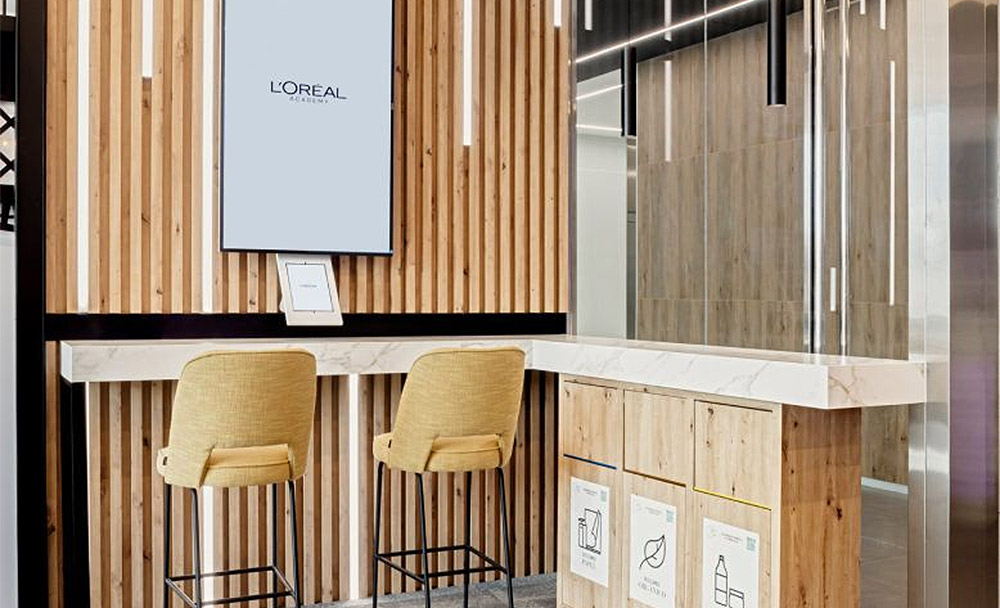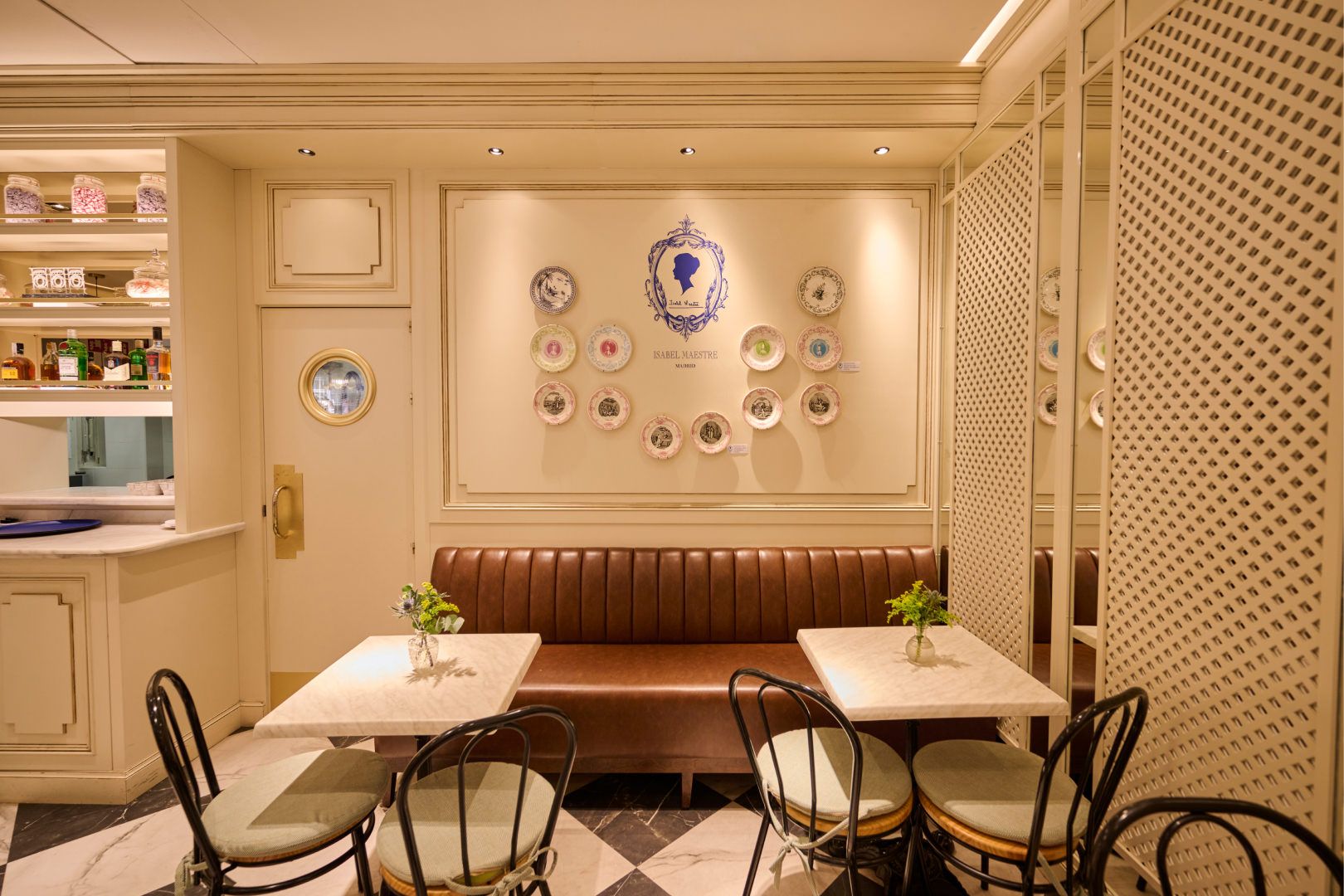
What to consider in interior design for small spaces
Interior design for small spaces is a challenge for those looking for maximum functionality without sacrificing style. Whether it’s a compact office, a discrete business premises or a small room, taking advantage of the entire space is the key to achieving harmony and comfort. In this post, we share some tips from the top interior design experts to help you make the most of your resources and transform small spaces into visually appealing and highly efficient environments.
Space planning
Before starting any interior design project, it’s essential to perform careful planning. With any space—especially smaller ones—taking precise measurements is essential, as is identifying the function of each area (rest, work, storage, etc.).
It’s also important to choose a style that fits the space, reflects the brand and meets the specific needs of the people who’ll be using it.
Multi-functional furniture
Versatile furniture, also known as multi-functional furniture, is a key ally. Folding tables, floating desks, strategically placed shelves, vertical storage, etc. These solutions not only save space, but also offer functionality without sacrificing aesthetics. Interior design in small spaces demands maximum creativity, so don’t hesitate to contact design experts such as Moinsa for the best ideas.
Light colours and natural light
Lighting always plays a crucial role how we perceive spaces. Light colours are generally preferred for walls, ceilings and furniture, as they reflect light better and create a sense of spaciousness—unlike darker tones, which tend to make spaces feel smaller. By strategically using lighting and complementing it with mirrors, we can create the perception of a much larger space. This type of detail is essential in any interior design project in compact spaces.
Subtle partitions
Instead of walls, which occupy more space and reduce the size of cubicles even further, screens, open shelves or curtains are used to separate areas without completely closing the spaces. This enhances the flow of light and maintains a sense of spaciousness. Smart use of partitions is an essential technique in interior design for small spaces.
Less is more: Minimalism
Besides being a design trend, minimalism should serve as a guiding principle, especially in smaller areas. Each element must have a purpose. It’s important to keep decorative elements to a minimum while making sure they stand out or reflect the brand’s identity: A plant, a work of art or a striking lamp can add personality without suffocating the environment. Prioritise what is essential and avoid visual overload.
Moinsa, experts in design for small spaces

Interior design for small spaces isn’t about restrictions—it’s about finding creative solutions to make the most of every inch. Optimising resources is not only a necessity, but also an opportunity to innovate and express yourself. If this is what you’re looking for, trust in specialist interior designers like Moinsa and enjoy the results.
